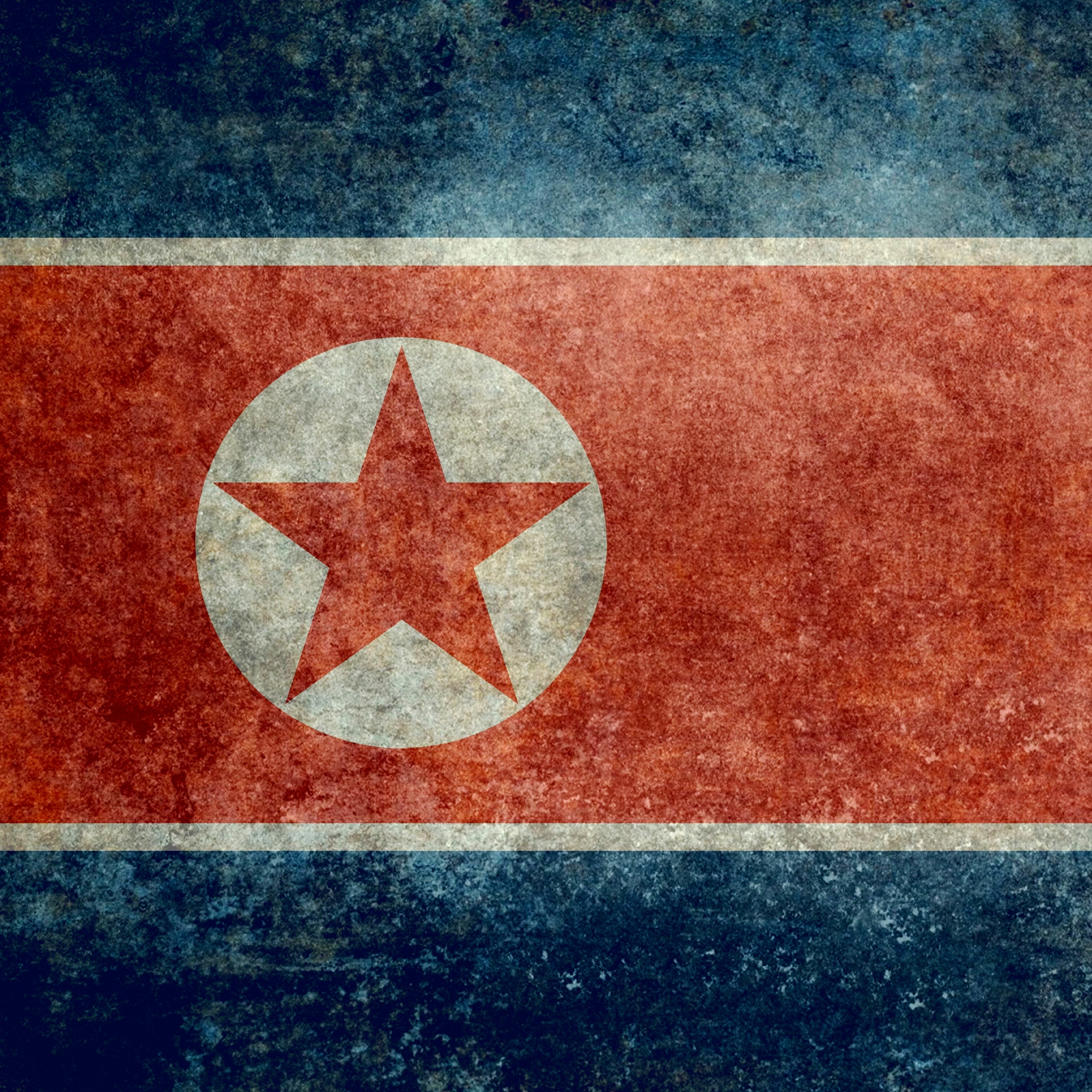
The government of North Korea launched a ballistic missile Thursday evening that flew over the Japanese island of Hokkaido before falling into the ocean. This is the second such North Korean missile flight in less than a month to fly over Japan.
Just two weeks ago the Democratic People’s Republic of Korea (DPRK), the North’s official name, conducted a test of a nuclear device the country claimed was a hydrogen bomb. That test led to the imposition of further United Nations Security Council sanctions on the DPRK for its continued testing of both missiles and nuclear devices.
The new round of sanctions was adopted on Monday and last night’s missile launch was viewed as a clear signal that the DPRK has no intention of giving up its testing. The missile flew about 2,300 miles before falling into the sea, a distance great enough to reach the U.S. air base on Guam.
Officials believe the missile was an intermediate range ballistic missile (IRBM), although some Japanese observers believe it may have been an intercontinental ballistic missile (ICBM) like the one launched late in August.
According to a report from the BBC, South Korea launched two missiles of its own that landed in the ocean, a demonstration of its capability to strike back at the North.
The new sanctions imposed Monday include a ban on textile exports from North Korea and a reduction of 30% in imports of oil. The goal is to starve the DPRK of both fuel and hard currency to fund its missile and nuclear weapons developments.
An earlier Security Council resolution prohibited all exports of North Korean coal, iron, iron ore, lead, lead ore and seafood. The sanctions also included more restrictions on the country’s Foreign Trade bank and forbid North Korea from sending more workers abroad.
Economically, North Korea is one of the poorest countries in the world. Its population of about 25 million lives in extreme poverty, with annual estimated per capita income of $1,800 according to the CIA Factbook.
Because the DPRK’s economy is highly dependent on trade with China, China’s decision to support the new UN sanctions was seen as an important step in forcing North Korea to heel. But following last night’s launch, a spokeswoman for China’s foreign ministry said that the “directly involved parties” (interpreted to mean the United States, South Korea and Japan) must take responsibility for ending the North Korean testing program. About 75% of the country’s $4.15 billion in exports are sent to China and 76% of its $4.8 billion in imports come from China.
According to the CIA Factbook, North Korea is a source country for men, women and children who are subjected to forced labor and sex trafficking. Workers are not free to change jobs and “tens of thousands” of North Koreans, including children, are held in prison camps and subjected to forced, heavy labor.
In addition, the country sends tens of thousands of its citizens to both Russia and China, where they work under near-slavery conditions and have most of their earnings confiscated by the DPRK, according to a report in The New York Times.
Nearly two-thirds (63%) of the DPRK’s total labor force of 14 million works in the industry and services sectors. The remaining 37% work in agriculture. The CIA Factbook notes that unemployment ran to 25.6% in 2013, about equal to the unemployment rate in Greece.
The country’s capital city is Pyongyang, and the executive branch of the DPRK’s government is headed by Kim Jong-un, the grandson of Kim Il Sung and the son of Kim Jong-il, who had ruled the country since its founding in 1948. The former has been designated the Eternal President and the latter the Eternal General Secretary. The current Premier is Pak Pong Ju, and there are eight vice premiers.
The unicameral legislature, the Supreme People’s Assembly, is elected by citizens 17 years of age and older and members serve five-year terms. The Korean Worker’s Party selects all candidates.
The DPRK’s judicial system consists of a supreme court comprised of a chief justice and two “people’s assessors.” The judges are elected to five-year terms by the Supreme People’s Assembly. The system includes provincial, municipal, military, special courts and people’s courts.
The country’s literacy rate is 100% and all citizens, both male and female, attend school for 12 years.
The life expectancy in the country is estimated at 70.4 years, comprised of an average of 66.6 years for men and 74.5 years for women. Nearly half (44%) of the population falls in the 25 to 54 year old age category and less than 10% of the population is over 65 years old. In the United States, just over 15% of the population is over 65 years old, and less than 40% falls in the 25 to 54 age range.
According to a U.S. Defense Department report, over a million soldiers serve in the Korean People’s Army. That total includes ground, air, naval, missile and special operations forces. The U.S. active duty roster in 2015 totaled 1.43 million. The U.S. population of about 320 million is more than 10 times that of the DPRK.
According to a recent report from Australia’s News.com.au, North Korea spends as much as 22% of its $40 billion GDP on its military. U.S. defense spending, though much higher at $600 billion, represents about 3.3% of U.S. 2015 GDP of more than $18 trillion.
A report from Global Fire Power estimates that the DPRK’s defense budget is $7.5 billion, ranking it 23rd in the world for military spending. The country’s army includes 5,025 tanks, 4,100 armored fighting vehicles, 2,250 self-propelled guns, 4,300 towed artillery pieces and 2,400 multiple launch rocket systems.
The North Korean air force counts 944 total aircraft including 458 fighters, 572 fixed-wing attack aircraft, 100 transport aircraft, 169 trainers, 202 helicopters and 20 attack helicopters.
The North Korean navy includes a total strength of 967 vessels, including 438 coastal defense craft, 76 submarines, 25 mine-warfare ships, 11 frigates and two corvettes. The country has no aircraft carriers or destroyers.
The Defense Department report states that North Korea has been an exporter of conventional arms and ballistic missiles for several decades. Weapons sales are a critical source of foreign currency for the country, which is unlikely to cease export activity in spite of UN Security Council sanctions.
Journalist and newsletter writer Bill Bishop (sinocism.com and @niubi) wrote on July 29:
The latest North Korean missile test is another sign of the progress in their program and the failure of existing approaches, or more likely the lack of any credible options that have any reasonable chance of achieving denuclearization without the incineration of parts of Seoul, Tokyo and possibly Northern China.
That was a bleak outlook a month ago and the test two weeks ago of a hydrogen bomb and last night’s flight of a missile that could reach Guam makes it even bleaker.
Travel Cards Are Getting Too Good To Ignore (sponsored)
Credit card companies are pulling out all the stops, with the issuers are offering insane travel rewards and perks.
We’re talking huge sign-up bonuses, points on every purchase, and benefits like lounge access, travel credits, and free hotel nights. For travelers, these rewards can add up to thousands of dollars in flights, upgrades, and luxury experiences every year.
It’s like getting paid to travel — and it’s available to qualified borrowers who know where to look.
We’ve rounded up some of the best travel credit cards on the market. Click here to see the list. Don’t miss these offers — they won’t be this good forever.
Thank you for reading! Have some feedback for us?
Contact the 24/7 Wall St. editorial team.
 24/7 Wall St.
24/7 Wall St.



